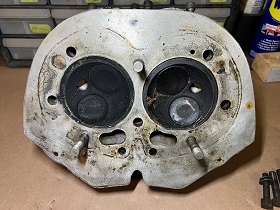What Is A Three-Angle Valve Job ?
Article by Mark Trotta
Picture the inside of a running motor, as the air/fuel mixture continuously gets sucked in and out of the combustion chamber. At 6,000 RPM, this happens in a fraction of a second.
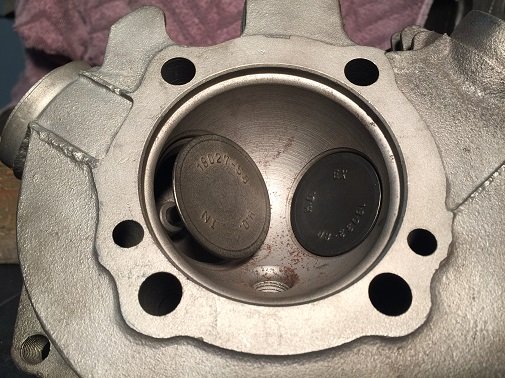
First, the mixture has to go around the circumference of the valve head, and then down into the port.
If the sides of the port are cut at progressively wider angles, the air/fuel mix will have an easier time getting in (and out).
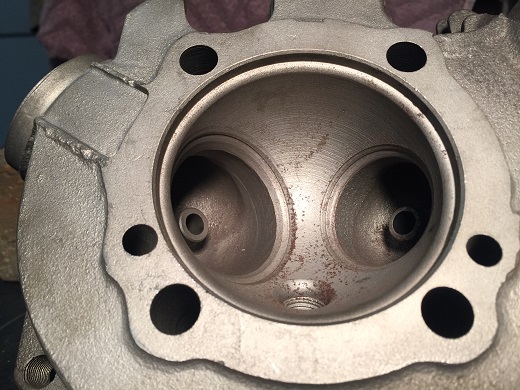
That is what a three-angle valve job gives us. Not only does it help "soften" the incoming air/fuel mixture, it increases port turbulence.
It also allows the valve to seal faster and more tightly.
Top, Center, and Bottom Angles
A common three-angle cut would be a top angle of 15° or 30°, a center angle of 45°, and a bottom angle of 60° or 75°.
The center angle is the contact surface between the valve face and valve seat. This is the only angle that seals the valve; the upper and lower are known as relief angles.
_________________________________________________
_________________________________________________
How a three-angle cut is performed is, the upper and lower angles get cut first, which leave the center angle at or near the desired width. It doesn't really matter if the upper angle or lower angle gets cut first, as long as the center angle is last.
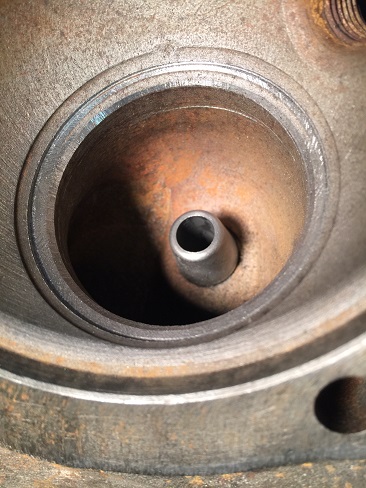
Top Angle
The widest part of the valve seat is the top, or the part closest to the piston. A top cut is usually performed after the bottom cut, and establishes the outer edge of the seat. This will be the least extreme angle, usually a 30 degree cut.
Bottom Angle
A bottom cut is usually performed before the top cut, and establishes the inner edge of the seat. This will be the sharpest of the three angles, commonly 60 degrees.
Center Angle
Once the top and bottom seats are cut, the width of the 45° center seat can be established.
Proper Contact Surface Width
Motorcycle manufacturers will specify an optimum valve seat width for their motors. Typically, this is around 1/16".
In the picture below, notice the rings around the valve are perfectly round and uniform, and the dark grey center ring is not too wide or too thin. Ideally, this is what you want your valves to look like.
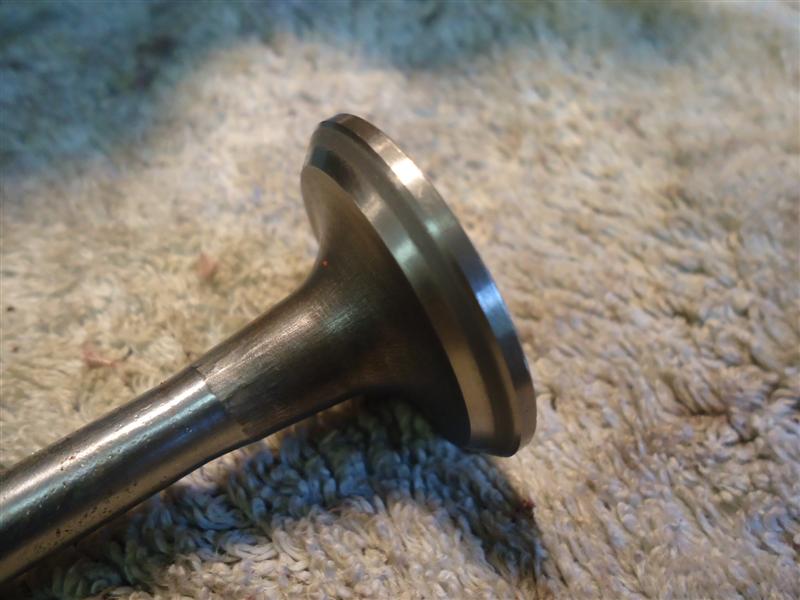
If the center ring is too wide, or if it's too thin, the valves will not seal properly. Any compromising here will cost you performance.
Valve Seat Refinishing
There's several ways to resurface valves and seats. Being a one-man shop, I prefer Neway valve seat cutters. It allows me to buy only the cutter sizes for the job at hand, and purchase additional cutters when needed.
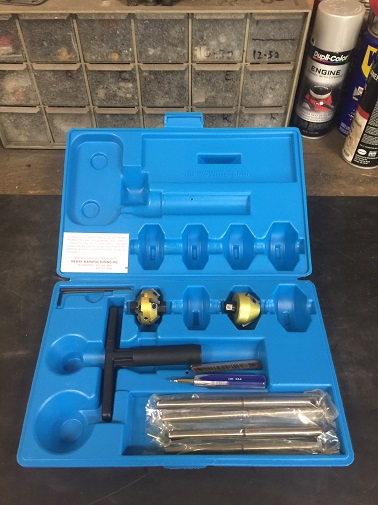
Five-Angle Valve Seats
You may have heard of four- or five- or seven-angle valve seats. Seven angles are not necessarily better than five, and five angles are not necessarily better than three.
Performing those extra cuts on a stock horsepower motorcycle is redundant. A three-angle cut is the best path for stock or slightly modified classic bikes. Unless you're making big horsepower and have access to a flow bench, leave these multi-angle cuts to competitive racers.
**************************
Related Articles:
How To Measure Valve Guide Wear
How To Remove Valve Guides
How To Install Valve Guides
Motorcycle Valve Job
How To Lap Valves
